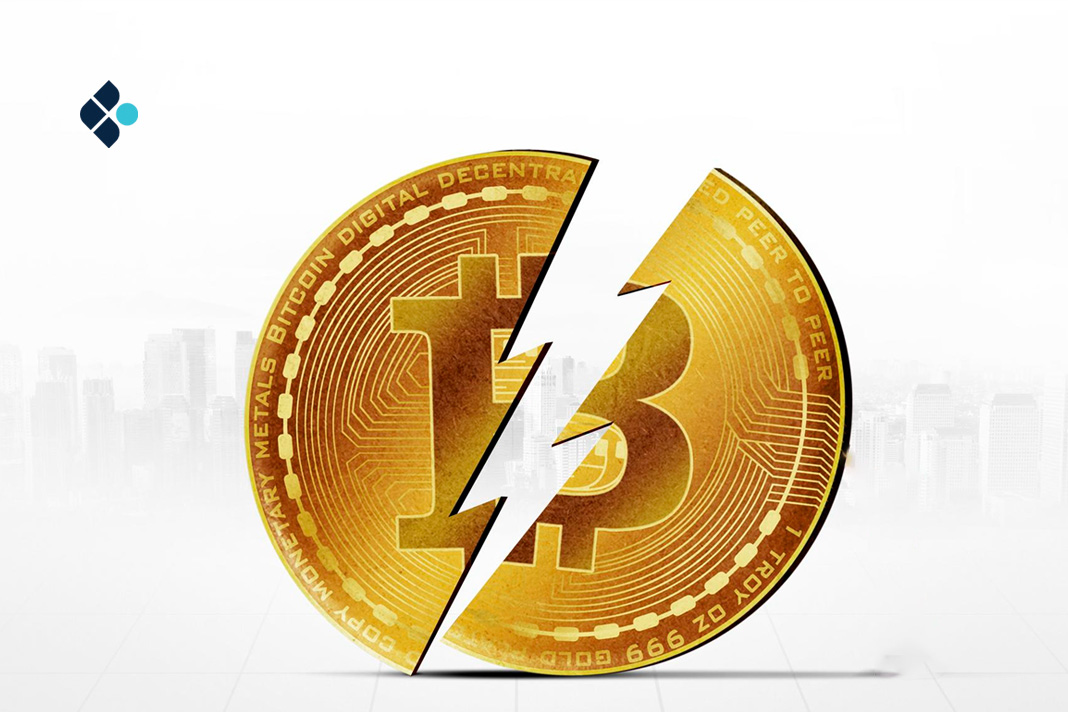Amidst the many things that impact the crypto market, Bitcoin halving is a pivotal event that takes place every four years on the Bitcoin blockchain.
The impact of this event on Bitcoin has a profound impact on not just the price of Bitcoin but also other coins in the market. Hence, a need to understand it so as to be better informed about its effects on the crypto market.
We will explore what Bitcoin halving means, how it works, its purpose, and its historical impact on the market, and also answer some questions regarding it.
What is Bitcoin Halving?
Bitcoin halving occurs every four years, during which the reward for mining new Bitcoin blocks is halved. Just as gold is mined, Bitcoin is also mined. The difference, however, is that gold is mined physically, but Bitcoin is mined digitally.
The essence of this halving of rewards for miners is to create a scarcity of Bitcoins and attain its total supply of 21 million without exceeding it. This ensures a rise in value and demand for Bitcoin, which will ultimately positively impact its price.
How Bitcoin Halving Works
Bitcoin is mined, and this mining process is achieved by a group of miners who solve mathematical problems to introduce new blocks to the Bitcoin blockchain. These miners are usually rewarded for adding new blocks, and these rewards are then halved every four years.
The implication is that every four years, the reward for miners keeps getting smaller. This, in turn, means that miners will have to mine more to maintain their reward streak. This is how Bitcoin halving works.
The Purpose of Bitcoin Halving
The purpose of halving Bitcoin is primarily to reduce the supply of new Bitcoins and help hedge against inflation.
The major challenge of conventional fiat currencies is inflation, and that is because their supplies are unlimited. Unlike conventional fiat currencies, Bitcoin seeks to hedge against inflation, and its main pathway to this is via limited supply.
Bitcoin halving helps to ensure this by ensuring that fewer and fewer Bitcoins are introduced into the market, thereby increasing its value, reducing its supply, and ultimately positioning it as a viable option as a hedge against inflation. This is in accordance with its deflationary economic model.
Historical Impact of Bitcoin Halving Events
Bitcoin halving has had a remarkable impact on the price of Bitcoin over the years. Let’s look at some of them:
1. First halving
The first Bitcoin halving happened in 2012, four years after Bitcoin was created. The block rewards were reduced from 50 to 25 BTC, and the halving had a significant impact on the price of Bitcoin at the time.
2. Second halving
The second halving took place four years later, in 2016, with the block rewards reduced from 25 to 12.5 BTC. This halving significantly pushed up the price of Bitcoin in 2017, making it hit an all-time high.
3. Third halving
The third halving occurred in 2020, with the block rewards reduced to 6.25 BTC. This halving ushered in the 2021 bull run, which lasted until the end of 2022. A significant price impact on the upside was also recorded on Bitcoin.
4. Fourth halving
This is the most recent Bitcoin halving. It took place on May 11, 2024, with the block rewards getting reduced to 3.125 BTC from 6.25 BTC. Although the impact of the halving on the price of Bitcoin and the general market was below expectation, there could be significant price movements in the coming days.
The Broader Impact on the Crypto World
The world market is usually impacted after every Bitcoin halving event. The reduction in reward for miners often leads to fewer Bitcoins entering the market, which then influences its scarcity, drawing a demand for more supply and consequently driving the price up.
Over time, the price of other coins in the market moves relative to Bitcoin. If a surge happens on Bitcoin, or it hits an all-time high, other coins usually follow suit.
Mining technology is also improved as reducing rewards for miners leads to more competitiveness amongst miners, affecting mining profitability and ultimately inducing more sentiments in the market.
Frequently Asked Questions (FAQs) About Bitcoin Halving
When does Bitcoin halving occur?
Bitcoin halving has taken place every four years since its creation.
Why is Bitcoin halving Important?
Bitcoin halving is necessary to control the overall supply of Bitcoin, create a scarcity of it, and maintain its value over the years.
How does Bitcoin halving affect the price of Bitcoin?
From the way the price of Bitcoin has behaved after halving events over the years, significant surges have always occurred after every halving, as the demand for it has always been higher than its supply.
What impact does Bitcoin halving have on miners?
Miners’ profitability reduces after every halving. To stay profitable, miners must double their efforts or depend more on transaction fees.
How does Bitcoin halving affect the overall market?
Bitcoin halving often comes with the expectation of a massive surge in the market, as there is always increased volatility and heightened investor interest.
Conclusion
Bitcoin halving is crucial to maintaining Bitcoin’s value. Understanding how the market has behaved in the past during Bitcoin halving events can help traders and investors be better positioned for the future.
Drawing from the recent Bitcoin halving, there are still massive expectations for a price surge in Bitcoin. You can take profit from your positions by selling Bitcoin on reputable centralised exchanges like Breet.
Future halving events are expected to continually shape the crypto market’s tapestry and introduce more opportunities for profitability.


